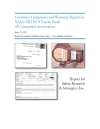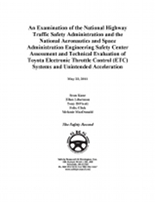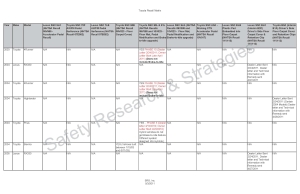In mid-May, two engineers from the National Highway Traffic Safety Administration’s Office of Defects Investigation witnessed a 2003 Prius, owned by a high-ranking government official, accelerate on its own several times while on a test drive with the owner, without interference from the floor mat, without a stuck accelerator pedal or the driver’s foot on any pedal.
“They said: Did you see that?” the Prius owner recalled in a sworn statement. “This vehicle is not safe, and this could be a real safety problem.”
They videotaped these incidents, excited that, at long last, they had caught a Toyota in the act of unintended acceleration, with a clear electronic cause. The engineers downloaded data from the vehicle during at least one incident when the engine raced uncommanded in the owner’s garage and admonished the owner to preserve his vehicle, untouched, for further research.
But three months later, the agency decided that there was no problem at all. The agency thanked the Prius owner for his time and said that it was not interested in studying his vehicle. This critical discovery was never made public. The agency did not even put this consumer complaint into its complaint database, until months later, at the request of Safety Research & Strategies.
Today, for the second time in as many months, SRS sued NHTSA for documents, alleging that NHTSA has improperly withheld material that has vital public interest. Continue reading


